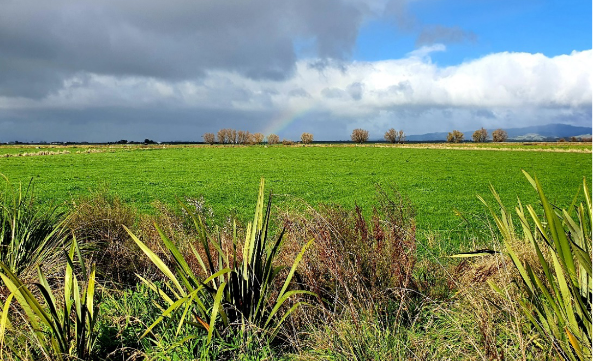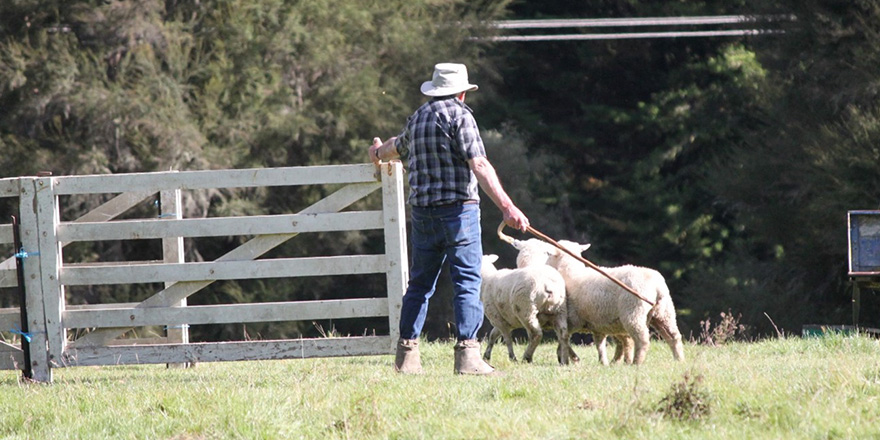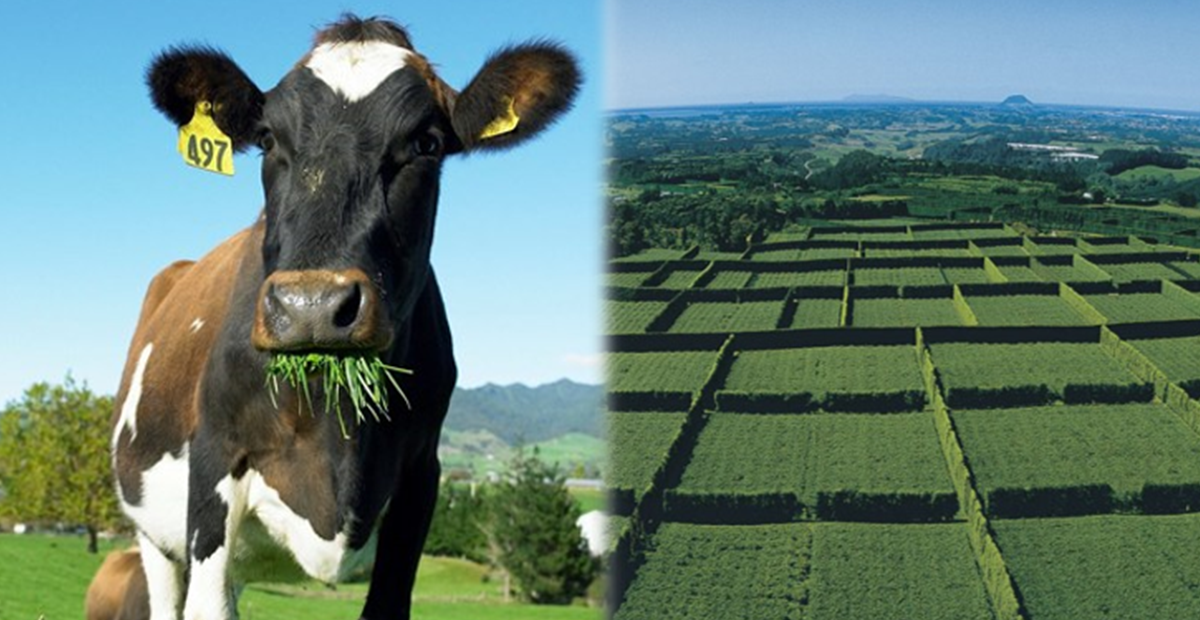
Executive Summary
Pressures on what is deemed the appropriate use of land to create food and fibre in New Zealand are countless and seemingly coming from multiple directions. Such pressures can have the ability to inspire change, be it willing or not.
Reactive land use diversification is not new. Land holders have changed their agricultural systems to increase financial gains or access stronger markets as the result of many external influences. Often, the notion of land use change has been referenced as a complete transition of the entire land holding. However partial diversification is already prevalent amongst New Zealand agricultural enterprises, and many rely upon multiple income sources for financial viability.
When thinking of investment, an investment reliant upon a sole markets return is described as high risk, hence the often-sage advice to diversify a share portfolio. The investment of agriculture is surely deemed high risk when the return is commonly solely reliant on the sale of a single commodity.
The purpose of this report is to explore the reasons behind land use decision makers reasons for exploring land use diversification and to determine if there is a place to partially diversify agricultural enterprises in a way that both brings income and business resilience as well as reduced environmental impacts and greater compliance of regulatory frameworks. Can agricultural businesses be the same as a diverse share portfolio, with varying risk, seasonality, liquidity and return all on one land holding?
Financial, Environmental, Social, Knowledge and Regulatory opportunities or barriers appear to drive land use change, but none more so than financial. However, with the exploration of the other factors, it could be said that financial performance is heavily pursued in the land use that is desired by the land holder and that has created a narrow view of the business or lands capabilities.
There appears to be an opportunity within New Zealands’ Food and Fibre sectors to create multiple enterprise farming operations that bring increased financial resilience, lower environmental impacts whilst maintaining the “social licence to farm” and creating job satisfaction for those that own the land.
Therefore, the recommendations from the research undertaken are:
Collaboration from a variety of sectors to allow knowledge share. This could include discussion groups that are possibly hosted by the likes of Dairy NZ, Beef & Lamb, Horticulture NZ and other non-government organisations.
Research and publications in to successful and failed enterprises that have undertaken partial land use changes to establish the complications, complexities, drivers and barriers that exist in partially diversified operations.
Greater accessibility to ministry funding to enable partial diversifications where outcomes are likely to improve environmental impacts. Funding or resource to enable the collaboration of farming businesses to achieve greater market access when sole scale is not sufficient should also be explored.
Download and read the full report here




